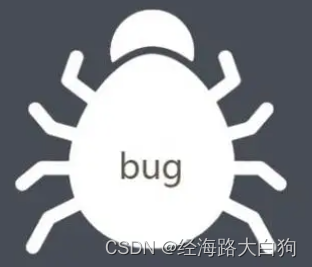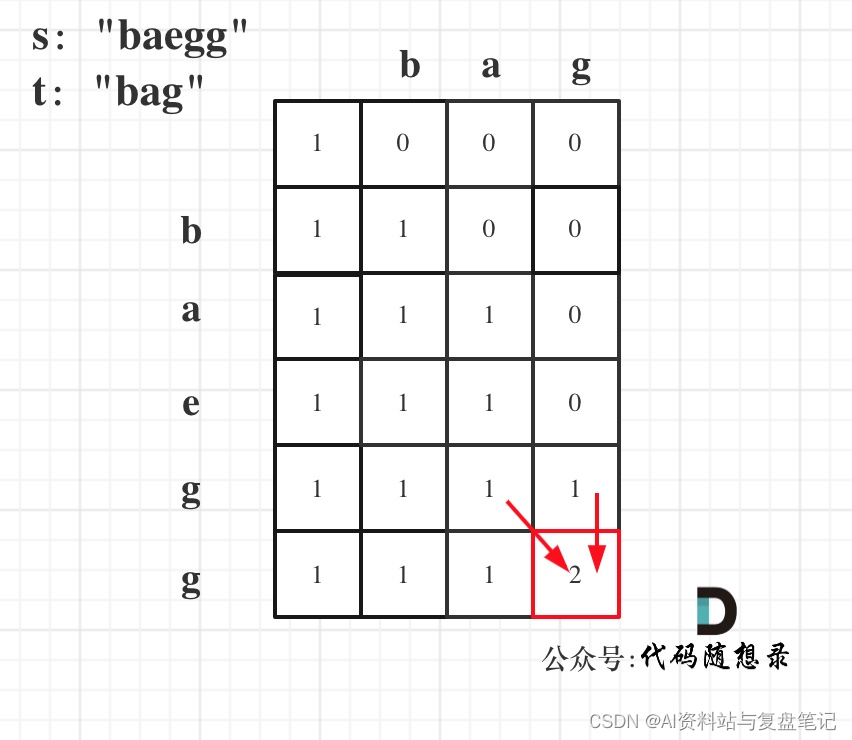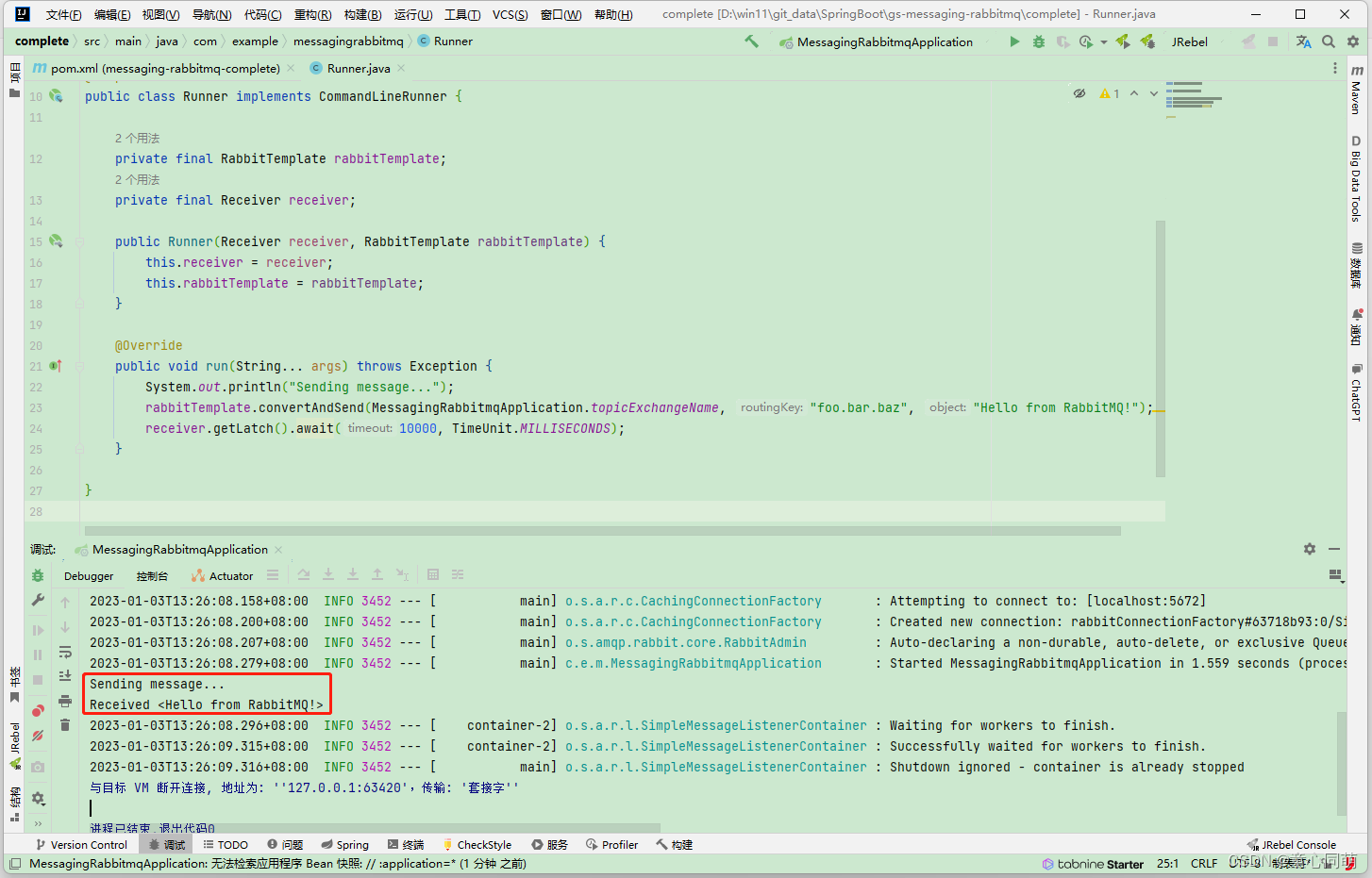喜迎2023,希望所有人都幸福安康!小编在这里给大家放烟花了,希望新的一年疫情嗝屁,霉运全跑!

开始正文。
1 abs()
绝对值或复数的模
In [1]: abs(-6)
Out[1]: 62 all()
接受一个迭代器,如果迭代器的所有元素都为真,那么返回True,否则返回False
In [2]: all([1,0,3,6])
Out[2]: False
In [3]: all([1,2,3])
Out[3]: True3 any()
接受一个迭代器,如果迭代器里有一个元素为真,那么返回True,否则返回False
In [4]: any([0,0,0,[]])
Out[4]: False
In [5]: any([0,0,1])
Out[5]: True
4 ascii()
调用对象的repr() 方法,获得该方法的返回值
In [30]: class Student():
...: def __init__(self,id,name):
...: self.id = id
...: self.name = name
...: def __repr__(self):
...: return 'id = '+self.id +', name = '+self.name
In [33]: print(xiaoming)
id = 001, name = xiaoming
In [34]: ascii(xiaoming)
Out[34]: 'id = 001, name = xiaoming'5 dict()
创建数据字典
In [92]: dict()
Out[92]: {}
In [93]: dict(a='a',b='b')
Out[93]: {'a': 'a', 'b': 'b'}
In [94]: dict(zip(['a','b'],[1,2]))
Out[94]: {'a': 1, 'b': 2}
In [95]: dict([('a',1),('b',2)])
Out[95]: {'a': 1, 'b': 2}6 dir()
不带参数时返回当前范围内的变量,方法和定义的类型列表;带参数时返回参数的属性,方法列表。
In [96]: dir(xiaoming)
Out[96]:
['__class__',
'__delattr__',
'__dict__',
'__dir__',
'__doc__',
'__eq__',
'__format__',
'__ge__',
'__getattribute__',
'__gt__',
'__hash__',
'__init__',
'__init_subclass__',
'__le__',
'__lt__',
'__module__',
'__ne__',
'__new__',
'__reduce__',
'__reduce_ex__',
'__repr__',
'__setattr__',
'__sizeof__',
'__str__',
'__subclasshook__',
'__weakref__',
'name']7 divmod()
分别取商和余数
In [97]: divmod(10,3)
Out[97]: (3, 1)8 isinstance(object, classinfo)
判断object是否为类classinfo的实例,是返回true
In [20]: class Student():
...: ...: def __init__(self,id,name):
...: ...: self.id = id
...: ...: self.name = name
...: ...: def __repr__(self):
...: ...: return 'id = '+self.id +', name = '+self.name
...:
In [21]: xiaoming = Student('001','xiaoming')
In [22]: isinstance(xiaoming,Student)
Out[22]: True9 issubclass(class, classinfo)
如果class是classinfo类的子类,返回True:
In [27]: class undergraduate(Student):
...: def studyClass(self):
...: pass
...: def attendActivity(self):
...: pass
...:
In [28]: issubclass(undergraduate,Student)
Out[28]: True
In [29]: issubclass(object,Student)
Out[29]: False
In [30]: issubclass(Student,object)
Out[30]: True
如果class是classinfo元组中某个元素的子类,也会返回True
In [26]: issubclass(int,(int,float))
Out[26]: True10 iter(object, sentinel)
返回一个可迭代对象, sentinel可省略
In [72]: lst = [1,3,5]
In [73]: for i in iter(lst):
...: print(i)
...:
1
3
5sentinel 理解为迭代对象的哨兵,一旦迭代到此元素,立即终止:
In [81]: class TestIter(object):
...: def __init__(self):
...: self.l=[1,3,2,3,4,5]
...: self.i=iter(self.l)
...: def __call__(self): #定义了__call__方法的类的实例是可调用的
...: item = next(self.i)
...: print ("__call__ is called,which would return",item)
...: return item
...: def __iter__(self): #支持迭代协议(即定义有__iter__()函数)
...: print ("__iter__ is called!!")
...: return iter(self.l)
...:
In [82]: t = TestIter()
...: t1 = iter(t, 3)
...: for i in t1:
...: print(i)
...:
__call__ is called,which would return 1
1
__call__ is called,which would return 311 max(iterable,*[, key, default])
返回最大值:
In [99]: max(3,1,4,2,1)
Out[99]: 4
In [100]: max((),default=0)
Out[100]: 0
In [89]: di = {'a':3,'b1':1,'c':4}
In [90]: max(di)
Out[90]: 'c'
In [102]: a = [{'name':'xiaoming','age':18,'gender':'male'},{'name':'
...: xiaohong','age':20,'gender':'female'}]
In [104]: max(a,key=lambda x: x['age'])
Out[104]: {'name': 'xiaohong', 'age': 20, 'gender': 'female'}12 min(iterable,*[, key, default])
返回最小值
13 memoryview(obj)
返回由给定实参创建的“内存视图”对象, Python 代码访问一个对象的内部数据,只要该对象支持 缓冲区协议 而无需进行拷贝
14 next(iterator,[, default])
返回可迭代对象的下一个元素
In [129]: it = iter([5,3,4,1])
In [130]: next(it)
Out[130]: 5
In [131]: next(it)
Out[131]: 3
In [132]: next(it)
Out[132]: 4
In [133]: next(it)
Out[133]: 1
In [134]: next(it,0) #迭代到头,默认返回值为0
Out[134]: 0
In [135]: next(it)
----------------------------------------------------------------------
StopIteration Traceback (most recent call last)
<ipython-input-135-bc1ab118995a> in <module>
----> 1 next(it)
StopIteration:15 object()
返回一个没有特征的新对象。object 是所有类的基类。
15 object()
返回一个没有特征的新对象。object 是所有类的基类。更多资源
我整理了更多关于Java,Python的学习资源,视频+文档+源码+项目,零基础和进阶的都有
如果有需要,可以关注我的公众号“IT就自学”回复Python、Java免费获取哦
更多资源也可以直接私信我!






![[C语言]三种方法实现n的k次方(递归/调用math库函数/实现pow函数)[含递归图解说明]](https://img-blog.csdnimg.cn/0229ae975bb44cb7a91f5d1f735135ac.png)











![P1046 [NOIP2005 普及组] 陶陶摘苹果————C++](https://img-blog.csdnimg.cn/9bf48241725245859e24bef98b4d4624.png)